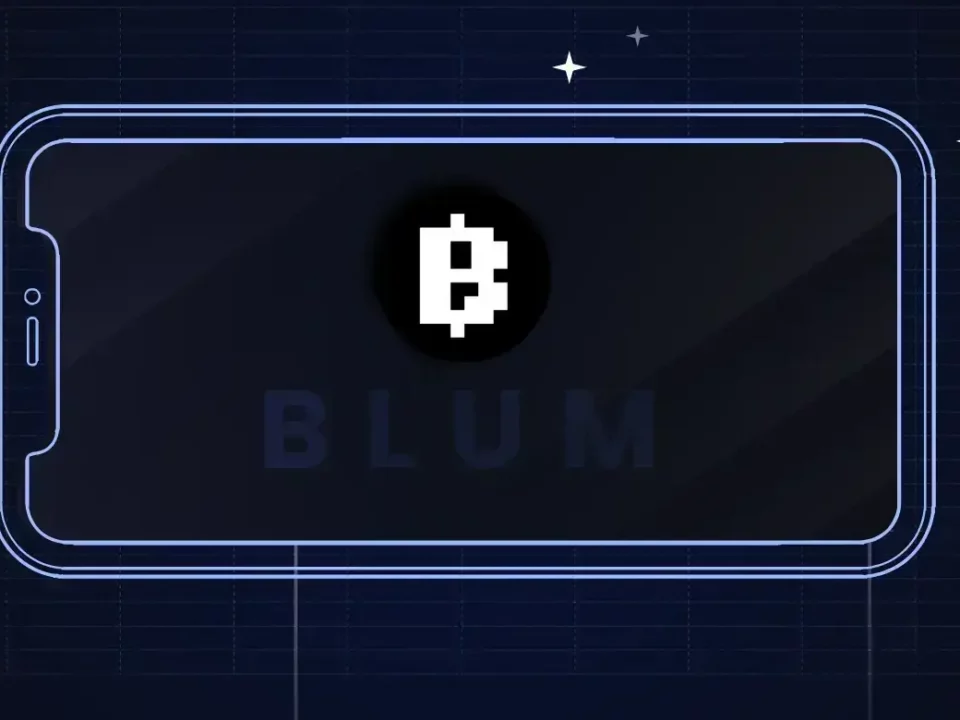Key Takeaways:
- Halving Impact: The impending Bitcoin halving in April may result in a significant upheaval, potentially causing a near 20% drop in the current hash rate. This could primarily affect older mining rigs, prompting a reshaping of the crypto mining landscape.
- Breakeven Challenges: Galaxy Digital’s analysts highlight the sensitivity of breakeven points for various ASIC miner models to Bitcoin price and transaction fees. As block rewards are set to halve, the breakeven dynamics become crucial, leading to potential offline scenarios for a substantial portion of the network’s hash rate.
- Dominance of ASIC Models: Over 70% of Bitcoin hash rate is currently attributed to eight ASIC miner models, according to Galaxy’s report. This concentration underscores the potential impact of the halving on specific mining hardware, especially the older and less efficient models.
- Survival of Newer Models: Newer and more efficient models like Antminer S19, S19J Pro, and Canaan’s A1246 are expected to weather the storm better than their older counterparts.
- Business Decisions and Ownership Shifts: The estimates provided by Galaxy Digital are contingent on business decisions made by miners. Miners with more efficient and cost-effective operations could play a role in determining the fate of older models.
Read More: Bitcoin Price Prediction
In anticipation of the upcoming 2024 Bitcoin halving in April, Galaxy Digital’s mining analysts predict a substantial shakeup in the crypto mining landscape. According to their report, up to 20% of the current Bitcoin hash rate could go offline, primarily affecting older mining rigs. The breakeven challenges for these rigs, coupled with the imminent halving that will slash block rewards in half, are the driving forces behind this potential disruption.
As of the end of 2023, Galaxy’s report highlights that over 70% of Bitcoin hash rate is attributed to eight ASIC miner models. Sensitivity to Bitcoin price and transaction fees makes these models vulnerable, and analysts estimate that between 15% to 20% of the network’s hash rate from these ASIC models may become inactive.
The breakeven analysis considered post-halving economics, factoring in a reduced block reward from 6.25 BTC to 3.125 BTC and transaction fees constituting 15% of rewards, with a Bitcoin price assumption of $45,000. The study reveals a potential shutdown for older models like Bitmain’s S9, Canaan’s A1066, and MicroBT’s M32. In comparison, newer models like MicroBT M20S and Bitmain S17 may fare better, with around half expected to remain online.
Galaxy’s predictions indicate a more optimistic scenario for newer and popular models like Antminer S19 and S19J Pro, alongside Canaan’s A1246. These models, constituting over half of Bitcoin hash rate in 2023, are expected to endure, although a small percentage may face offline situations in regions with higher operational costs.
The analysts caution that their estimates are subject to business decisions by miners. Custom firmware may enhance the efficiency of older machines, and miners could choose to sell or upgrade their rigs rather than shutting them down. Additionally, Galaxy acknowledges the potential for shifts in ownership, as miners with cheaper power costs might acquire older models.
The Bitcoin halving, set to occur around block number 840,000 on April 20, according to Blockchair data, marks a crucial event that could reshape the mining landscape. The industry awaits these developments, with potential implications for Bitcoin’s hash rate and the broader crypto market.
Learn More: Bitcoin Halving History & Outlook in 2024
Source: CoinTelegraph
Related posts
Bitcoin Price Hits New All-Time High Following Fed’s 25-Basis-Point Rate Cut
Fed’s interest rate cut spurs crypto momentum, boosting Bitcoin and Ethereum prices.
Read more
Blum Secures Major Investment from TOP to Strengthen DeFi Presence in TON Ecosystem
TOP’s backing aims to accelerate Blum’s multi-blockchain expansion.
Read more


